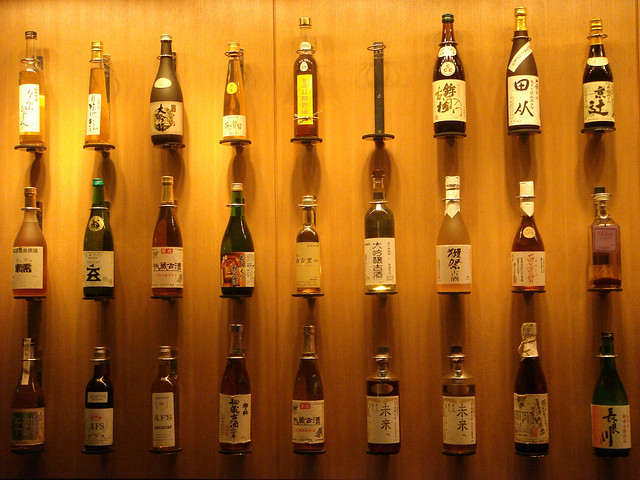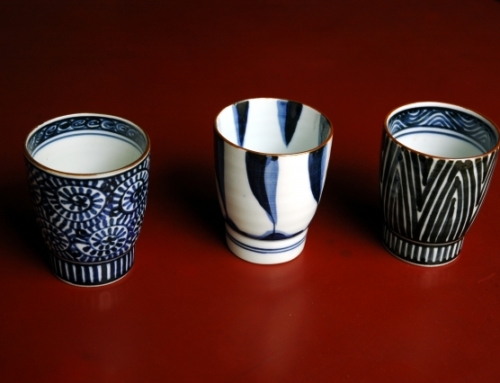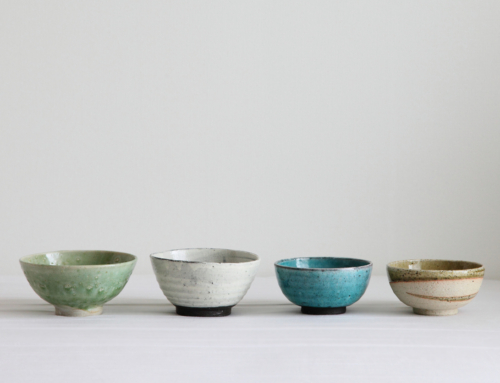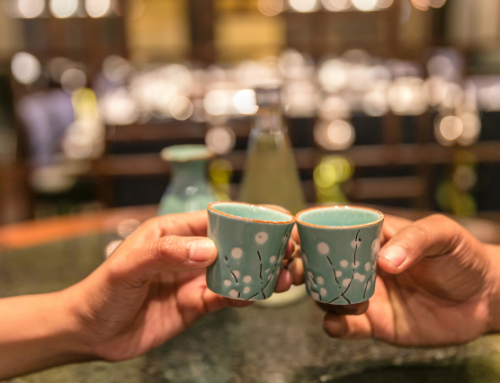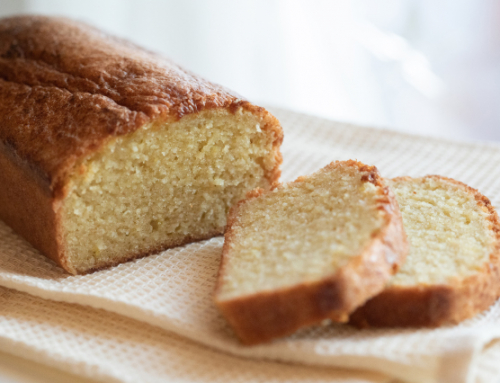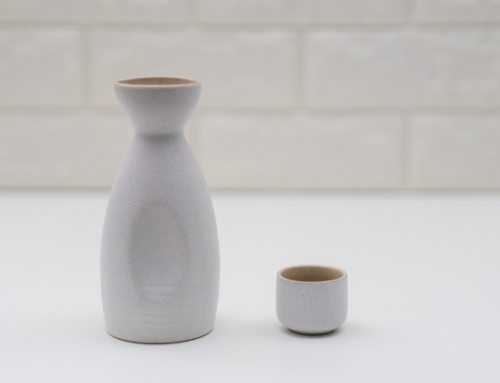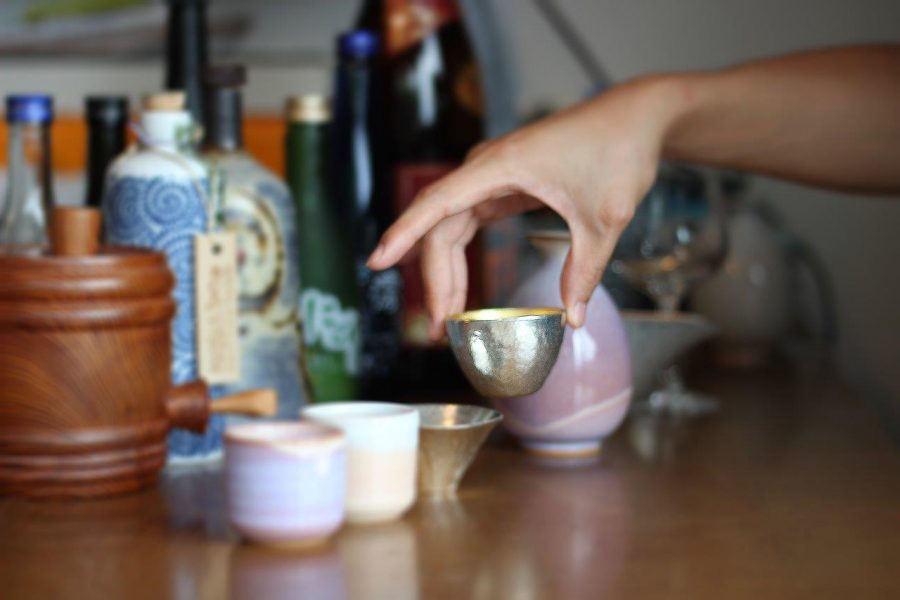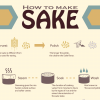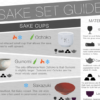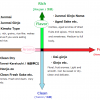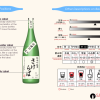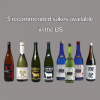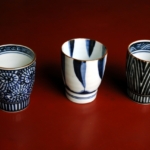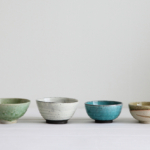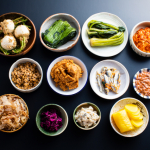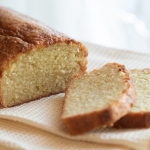Contents
There are 5 key things that sake beginners should have in mind when choosing one sake from thousands of sake brands. According to their difficulty level, I have classified those 5 key points into “beginner,” “intermediate” and “advance.”
1. Rice Polishing Ratio (Beginner Level)
This tells you AROMA & FLAVOR of sake. In the sake brewing process, rice grains are polished to remove fat and protein on their surface. Rice Polishing Ratio (Seimaibuai / 精米歩合 in Japanese) of 80% means 80% of the original rice grain remains. The lower the rice polishing ratio is, the cleaner and more fragrant the aromas and flavors tend to be. On the other hand, a high rice polishing ratio (e.g. 70%-80%) makes savory, grainy sake with umami.
For further details, visit the post, “What is Rice Polishing Ratio?”
2. Types of Rice (Beginner Level)
This tells you RICHNESS / CLEANNESS of sake. There are 4 main types of sake rice, and they have different characters. For example, Yamada-nishiki (山田錦) tends to make rice sake, and Gohyaku-man-goku (五百万石) tends to make clean sake.
Please read the post, “Learn Different Types of Sake Rice” to study further how different sake rice types make different sake characteristics.
“Rice polishing ratio” and “Types of rice” can help you roughly expect the taste of a certain sake brand. To do study these two at least, and find your own favorite sake brands.
3. Label Design (Beginner Level)
This tells you the SAKE BREWERY’S IMAGE. The label on the sake bottle is the sake brand’s face. This depicts the sake brewery’s sense of taste and their ideas and principles. Just as you sometimes buy some CD albums with cool jackets, buying sake with fancy labels that you liked might turn out to be an unexpectedly good encounter.
4. Origins (Intermediate)
This tells you RICHNESS / CLEANNESS & SWEETNESS / DRYNESS of sake. Sake breweries within the same region or area tend to make sakes with similar characteristics in common. For example, basically, North Japan tends to make clean, dry sake, whereas the south Japan tends to make rice, sweet sake with savory characteristics. A post on this topic is coming soon.
5. Types of Yeasts (Advanced)
This tells you AROMA & FLAVOR of sake. For example, Yeast No.7 gives pure and natural aromas. The list of the main yeast types and further details are on the post, “Learn different types of Yeasts“.

